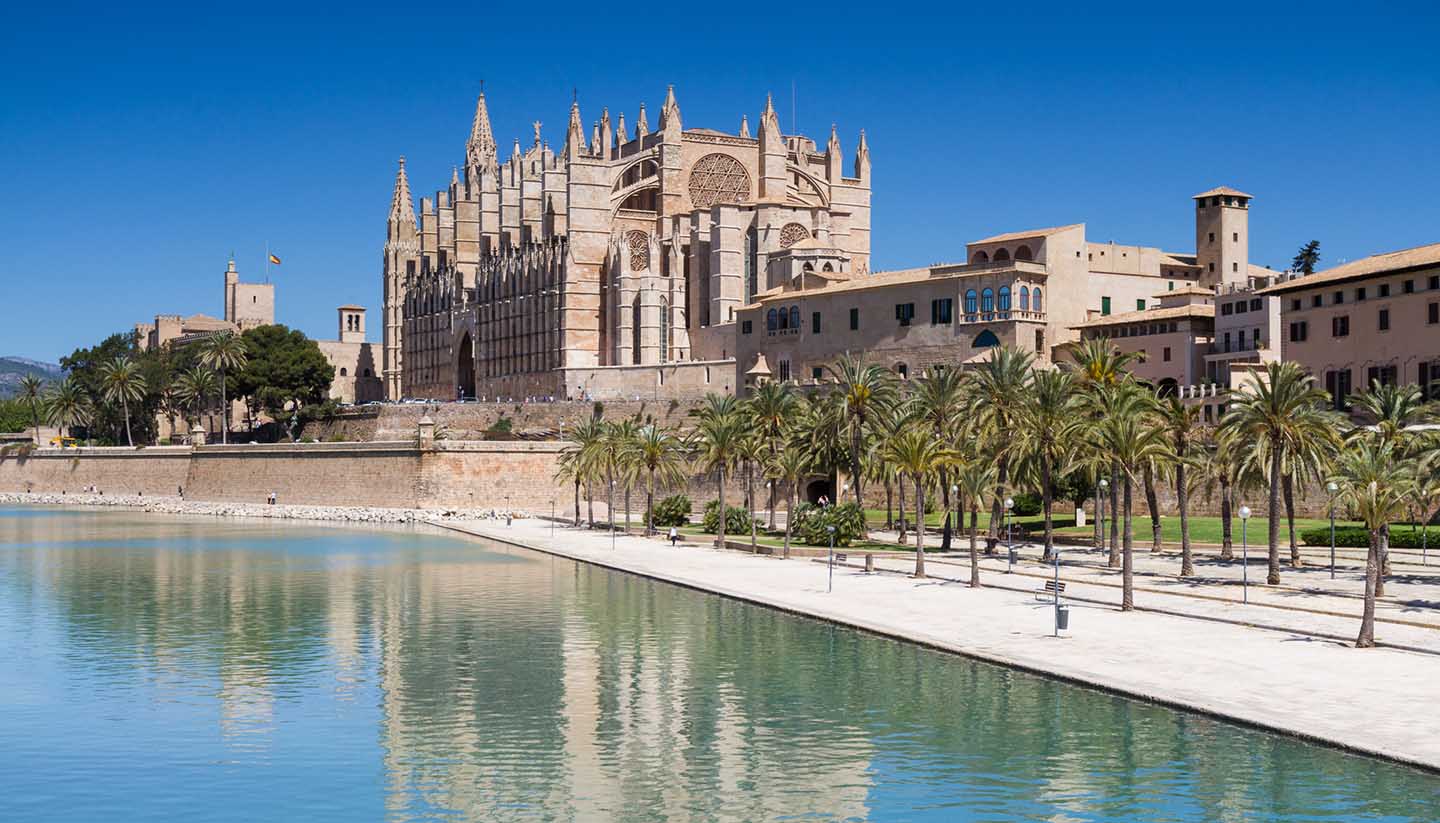Palma de Mallorca History
First occupied by the Romans, Palma de Mallorca came into being in 123BC under Quintus Caecilius Metellus Balearicus, after whom the Balearic Islands are named.
The Romans developed Mallorca, encouraging salt mining and olive cultivation as they went. As the Roman Empire crumbled, Palma, renamed Medina Mayurqa, became part of the Byzantine domain in 534 and was administered as part of Sardinia.
Almost two centuries later, the island was attacked by the Moors from North Africa and it was eventually conquered by the Caliphate of Córdoba.
A new era began in 1015 when Mallorca came under the rule of the Taifa of Dénia, remaining an independent Taifa for over a century. Finally in 1229, King James I of Aragon re-conquered Mallorca and the other Balearic islands, incorporating them into the Crown of Aragon.
A backwater for much of the succeeding centuries, Palma was untroubled by major disasters or major successes until 1891, when a disease struck the island’s vineyards. Many were left destitute, and as a result, Palma was denuded of citizens as thousands immigrated to the New World.
Palma then became a Nationalist stronghold during the Spanish Civil War and the scene of a major battle that flattened much of the town. The eventual victor, General Franco, remembered the island’s loyalty and as a reward, he initiated a building boom in the 1950s and 60s, much of which took the form of high rise hotels.
While nearby Magaluf was completely transformed, Palma managed to avoid the worst of the building, with its ancient centre, complete with cobbled streets and Moorish courtyards, kept intact.
Palma has become the most popular tourist destination in Spain, with more than 22 million passengers passing through tiny Palma airport each year. Major urban redevelopment projects have brought further riches to the town, as well as an influx of migrant workers. Today, the tiny city is one of the most cosmopolitan in Spain.
Did you know?
• When James I invaded Palma in 1229, he did so with 1,500 horses and 15,000 men.
• La Seu Cathedral took almost 400 years to build, with work starting in 1229 and ending in 1601.
• Not only has Bellver Castle been used as a royal palace, it's been a military prison and mint as well.

